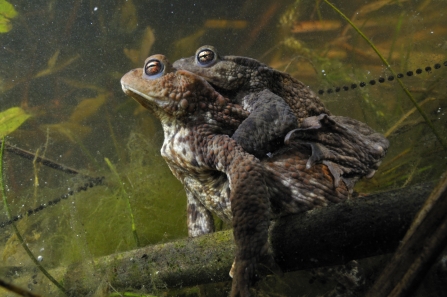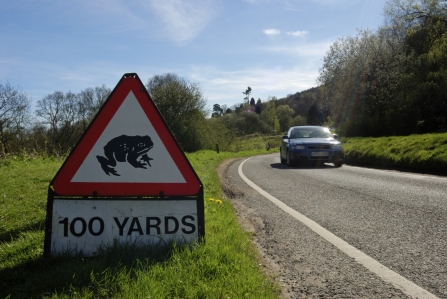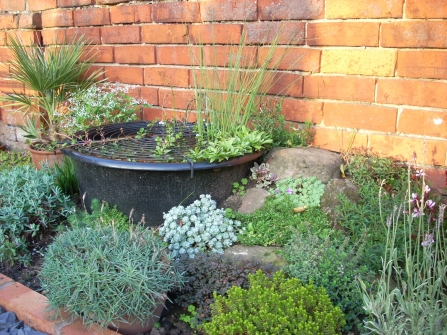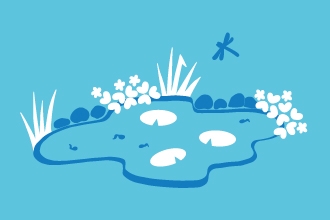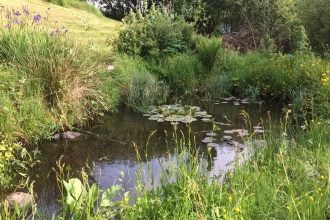Deep in a Hertfordshire woodland under a log pile, something stirs. Copper eyes open, an olive-brown body with warty skin starts to move. A male common toad. It’s one of the first mild and damp evenings of the year and it marks the beginning of a long journey for this toad.
The days around Valentine’s Day often herald the beginning of spring in a few weeks’ time. At this time of year, millions of toads across the country, triggered by hormonal changes, will emerge from their overwintering sites – dry banks, compost heaps, dead wood or garden ponds – and begin their migration. Their instinct will lead them back to their breeding grounds – the ponds and wetlands in which they had started their life as a little tadpole – to find a mate. This journey can take them up to three miles – a walk equivalent to around 50 miles for us humans in comparison to their size.


